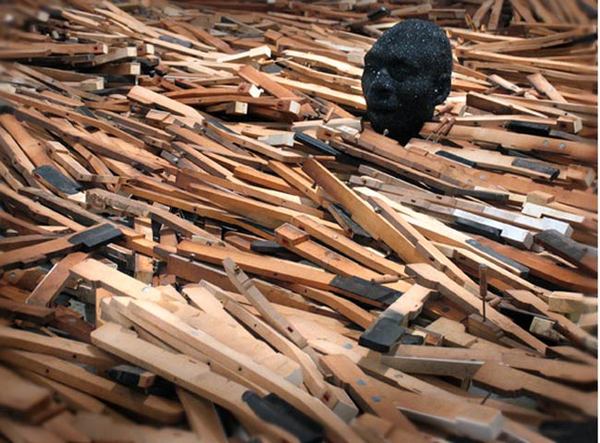You shouldn't be reading this in front of your computer.
People have a tendency to keep their computers in clean rooms like offices or on desks with flowers and potpourri.
This article should be read in your basement or in the archive section of the library.
Somewhere where dust mites thrive.
This article should be read somewhere that people try to avoid or cover up with a Glade plug-in.
Somewhere with history you can smell, but not nostalgia.
I'm not talking about nostalgia.
In the 19th century, nostalgia was considered a disease and its "symptoms" included despondency, melancholia, bouts of weeping, anorexia, and suicide attempts.
There is enough nostalgia and more than enough articles discussing how smell links us to the past.
I'm talking about a smell that snaps you into the present.
Like when you enter a room and you just know it is full of newspapers.
Or that it used to be a gym.
These are smells that make us hyperaware of our senses and more grounded in the present while simultaneously informing us about the past of a place.
Very few artists work with smell and I'm not sure why.
This weekend I saw Radcliffe Bailey's piece "Storm at Sea, Chapter Three" at Solomon Projects in Atlanta. The piece is comprised of thousands of piano keys, a plaster bust, glitter, and silver candelabra. The problem in describing the piece on the Internet is that only a small part of the piece is visual. It's easy to write about the intellectual elements of the piece like how the piano keys read as a link to jazz music while visually mimicking a wrecked ship in the gallery. It's easy to write about how Radcliffe Bailey's work is multi-layered examination of African American cultural history that reveals a deep understanding of how the past influences the present. What is hard is to evoke the visceral feeling of the piece that is only experienced when the piece is seen, smelled and heard.
Thousands of piano keys in a room have an overwhelming smell that is the grounding smell I am trying to describe. They also produce a palpable silence as the piano keys that were originally intended to make music, have been rendered eternally mute.
The smell of the gallery immediately makes the viewer's senses hyper aware in the present, but the musty smell of the keys also speaks about the past. Radcliffe Bailey's work is perfectly represented in this piece because his work deals with issues of African American history, but ultimately, the work is about providing an awareness of the present.
Because of the multi-sensory nature of the piece, it requires viewing in person. Hopefully, Radcliffe Bailey's work will come to New England soon for more people to experience.
"Looking For Light, Traveling At Night" is on view September 17 - October 17, 2009 at Solomon Projects in Atlanta, GA. All images are courtesy of the artist and Solomon Projects.




